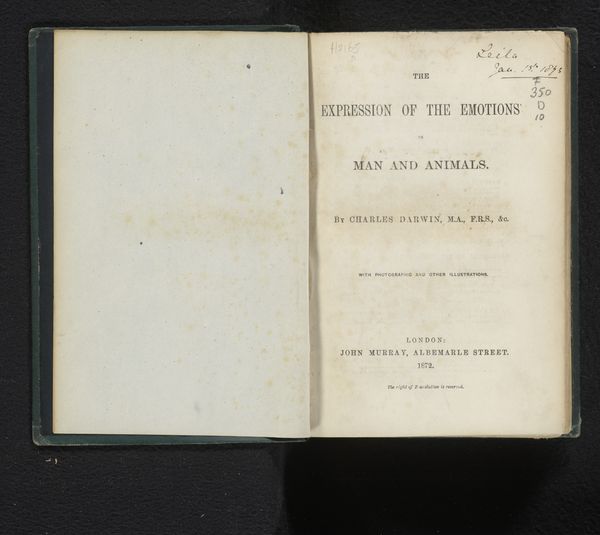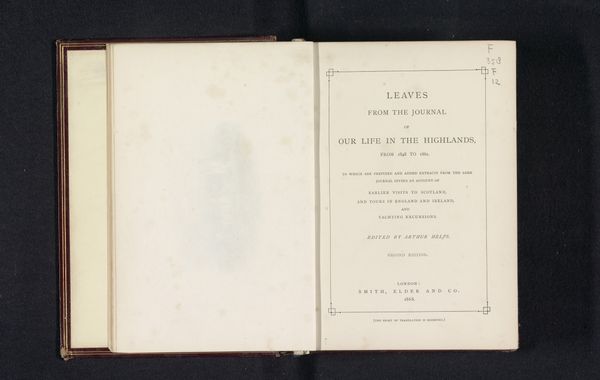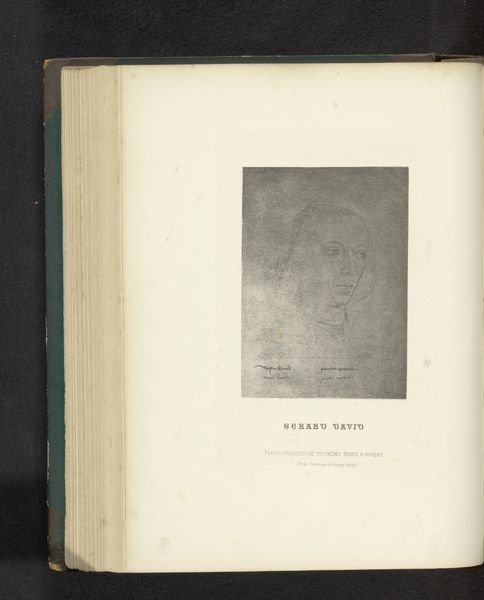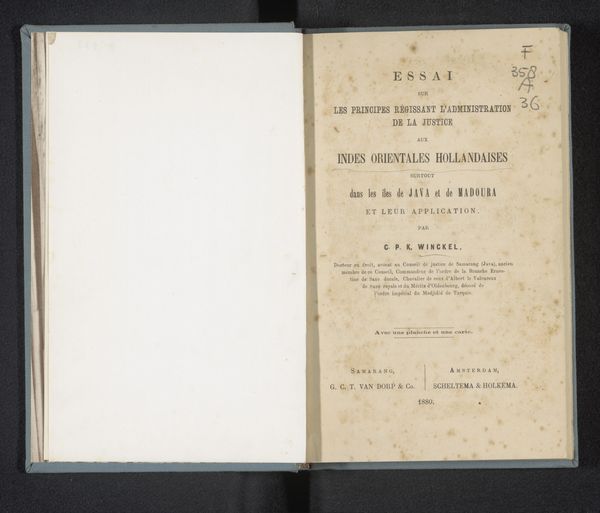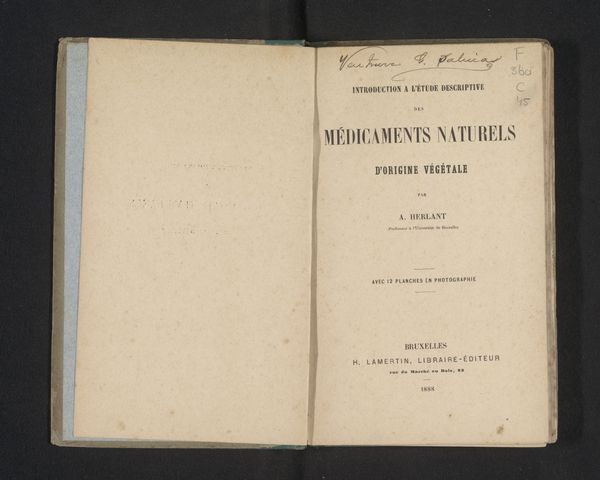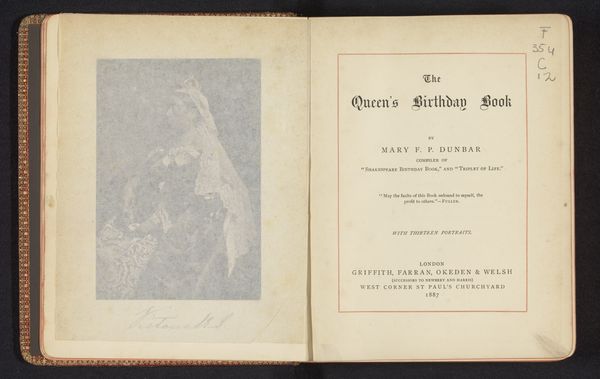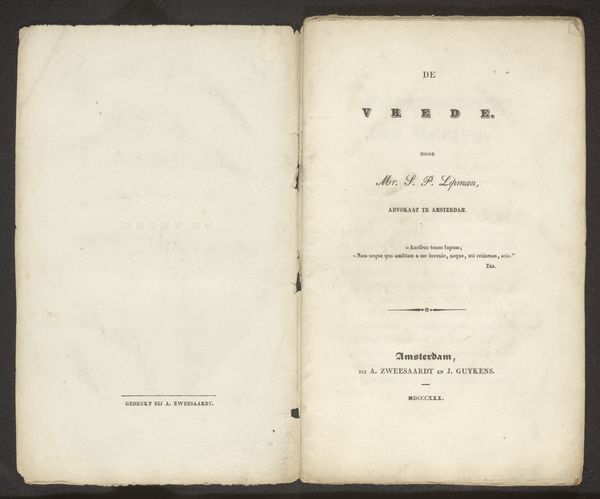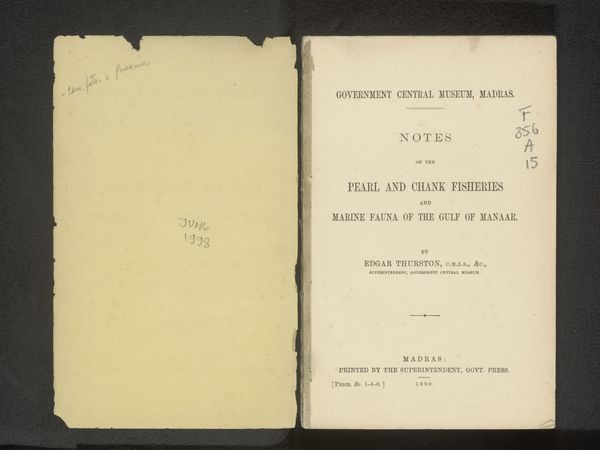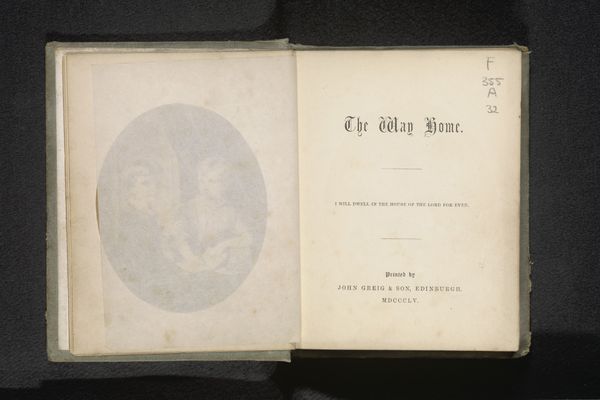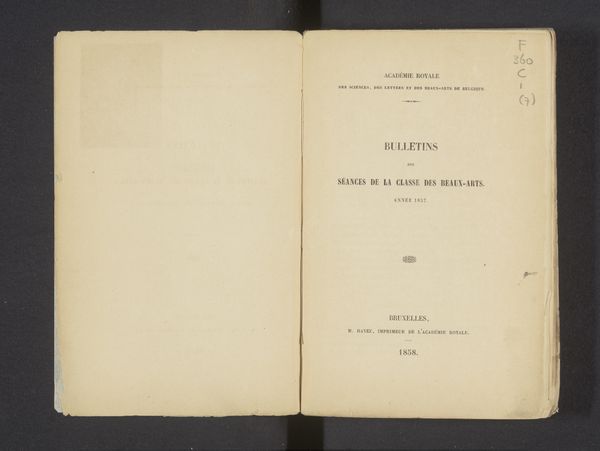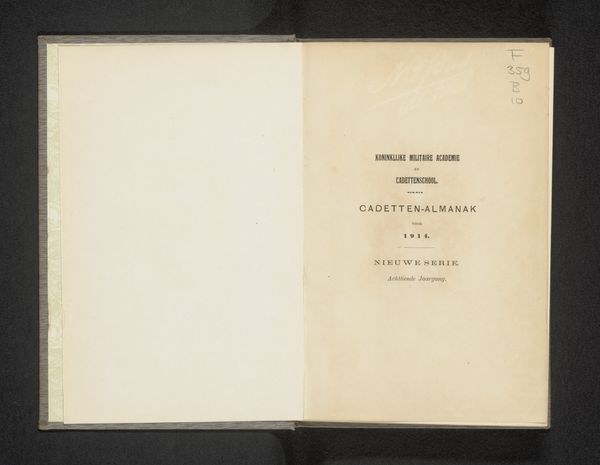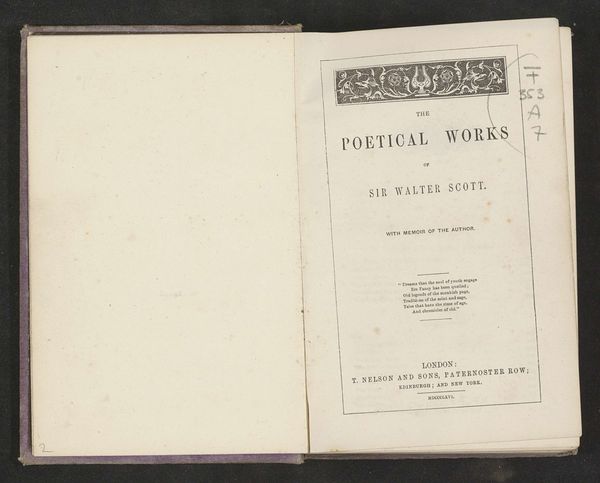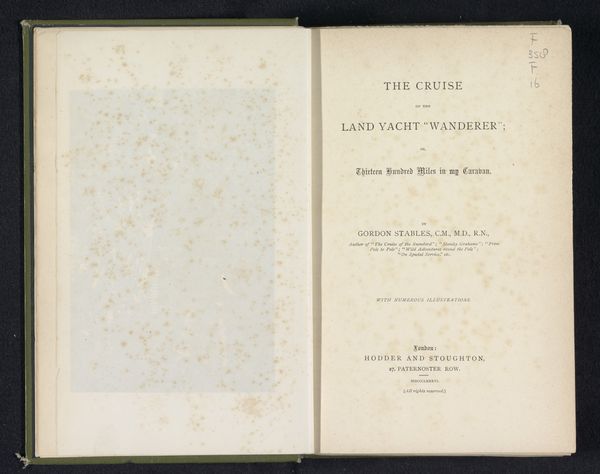
print, photography
#
portrait
# print
#
photography
Dimensions: height 185 mm, width 129 mm, thickness 28 mm
Copyright: Rijks Museum: Open Domain
Editor: Here we have "A walk from London to John O'Groat's, with notes by the way," published in 1864, featuring photography as a print medium. It's quite aged, I'm noticing. There's an intimate quality about presenting the title page alongside the portrait. What symbols or underlying messages do you see here? Curator: It is interesting to view the book itself as an artifact, laden with symbols of its time. Consider, for example, the very act of portraiture accompanying the title page. It transforms the book into a reliquary, almost. Doesn't the portrait then act as a symbol of the author's presence, making his journey more tangible for the reader? Editor: I hadn't thought of it that way, as a kind of relic. What does it mean that the author’s walk is linked to such precise places? Curator: “London” and “John O’Groat’s” bookend not just a physical journey, but also a cultural and psychological one for Victorian readers. They evoke very specific images in the cultural memory, representing both urban sophistication and remote wilderness. Photography anchors that concept further. The symbolic weight rests in connecting places. Editor: So, the journey itself becomes a symbol? Curator: Precisely. The "notes by the way" suggest not just geographical observations, but insights and reflections gleaned from experience. Travel was transformative, a symbol of knowledge acquisition, especially in a time of expanding empires and explorations. This photograph print amplifies that feeling. Editor: I never thought a book's frontispiece could be so dense with meaning! Thanks for shedding light on this journey. Curator: Indeed. By understanding the symbols within, we see how a seemingly simple travelogue becomes a potent cultural document, reflecting Victorian values and aspirations.
Comments
No comments
Be the first to comment and join the conversation on the ultimate creative platform.
